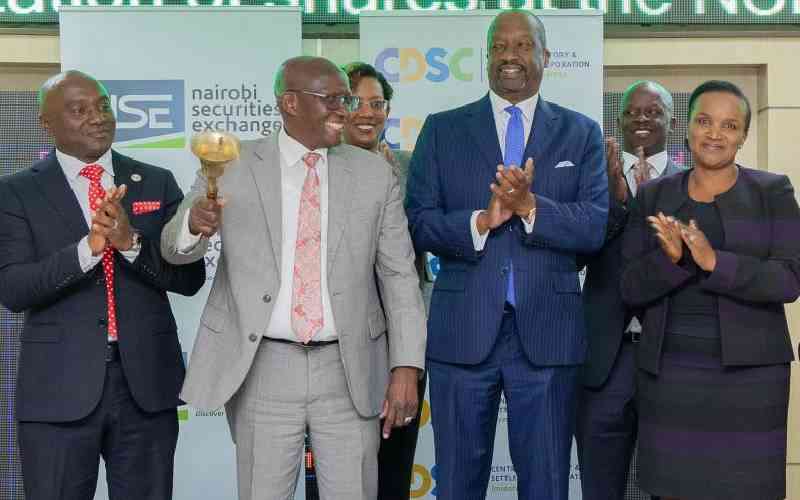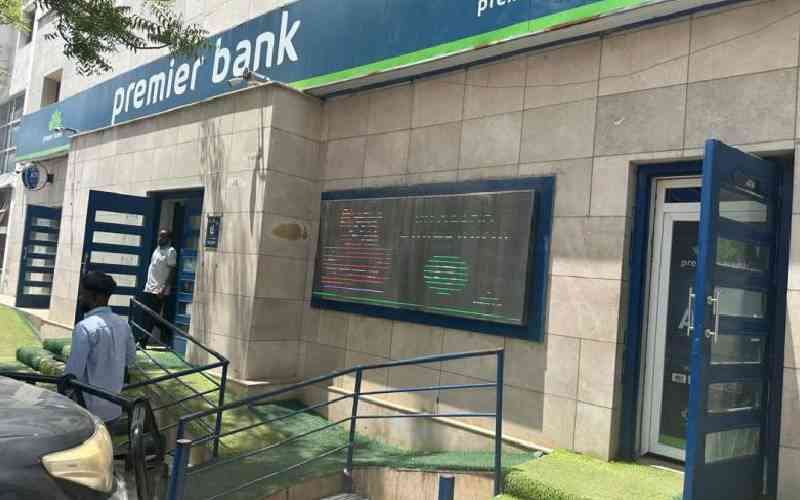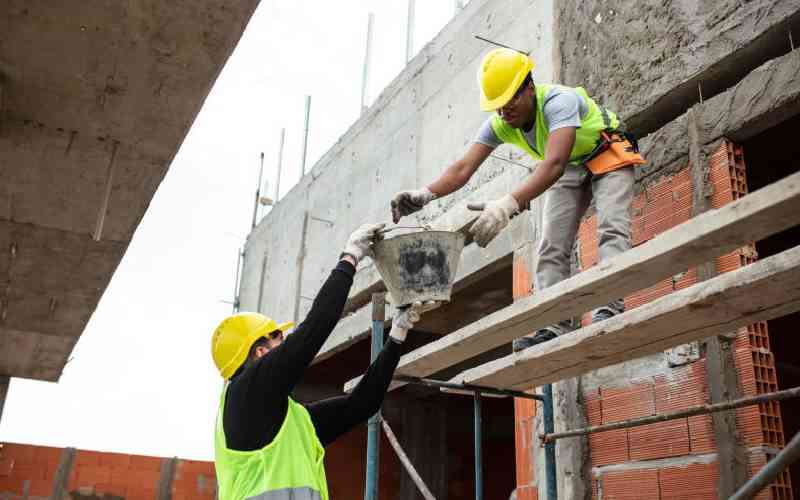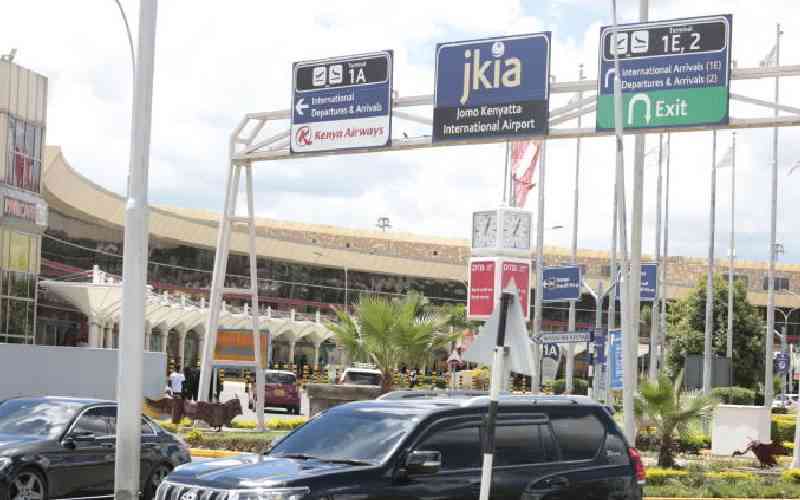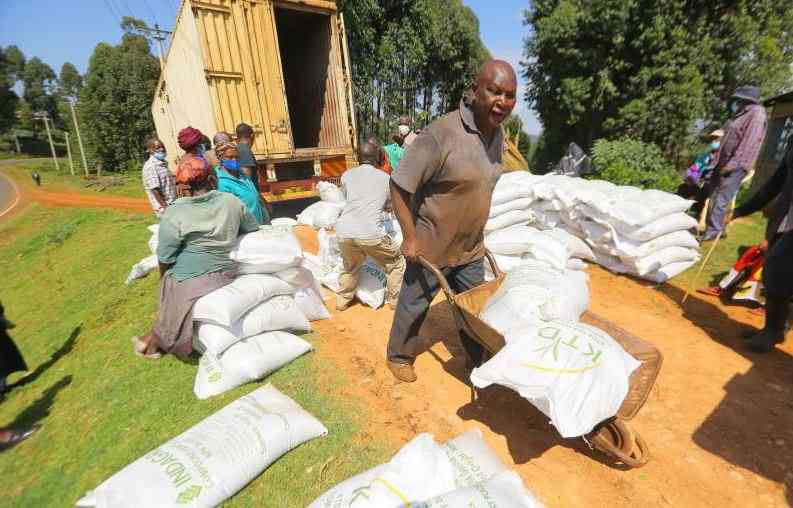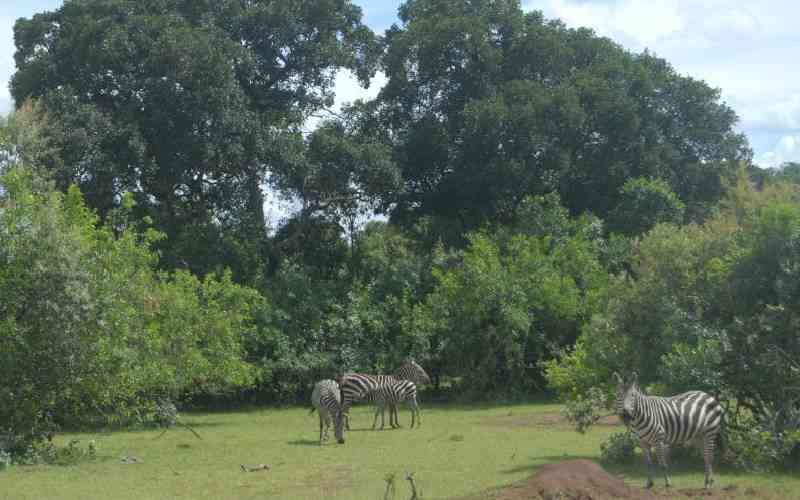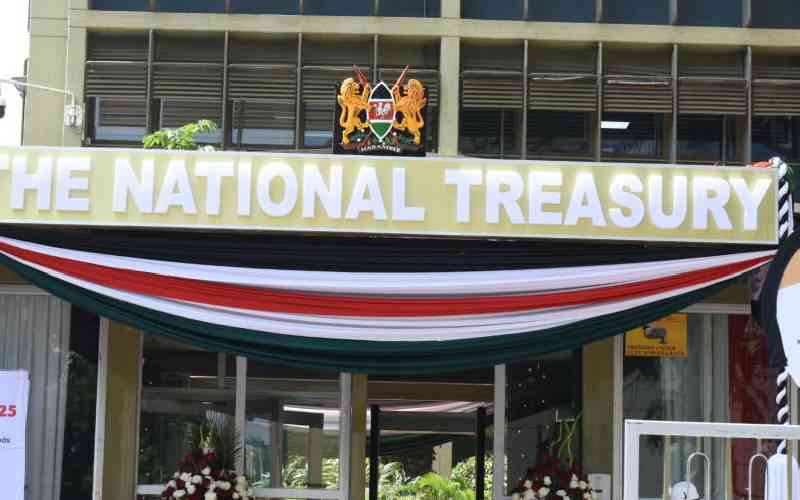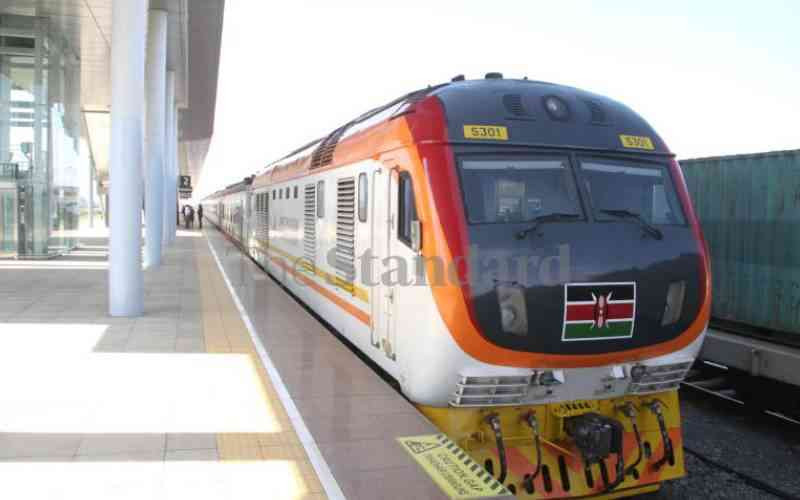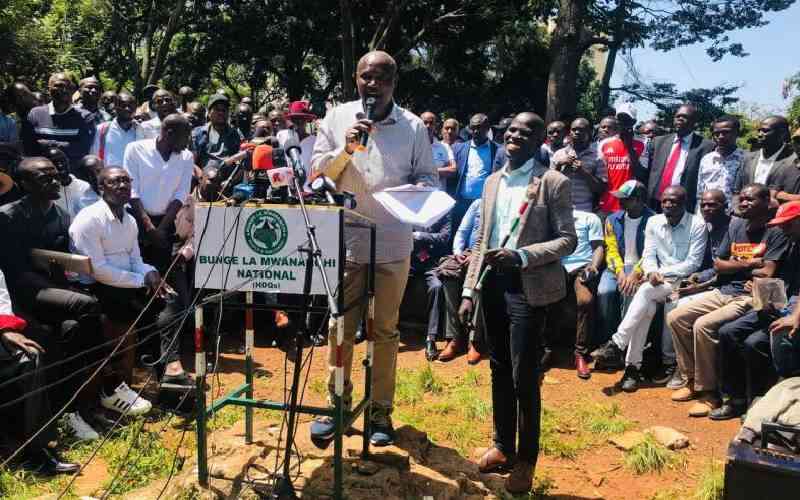
As we all know, the 2025/26 budget process — strictly 2025/26 to 2027/28 Medium-Term Budget process — is well underway, at both national and county government levels.
For the former, we now have the 2025 Budget Policy Statement (BPS), which essentially frames next year’s national budget.
For our 47 county governments, we should have equivalent County Fiscal Strategy Papers (CFSP) to frame their own budgets.
Because the national budget includes allocations to counties, we should probably also be close to the Division of Revenue and County Allocation of Revenue bills (DORB and CARB) by now.
Of course, this year there is the added complication of “the revised formula”— the proposed 5-year basis on which the equitable allocation from national government is shared between counties, which affects CARB.
In our focus only on the national budget, we tend to ignore these intricacies, which call on us to pay equal attention to county budget processes. We fail to appreciate the meaning of our devolved system of government. Kenya is the sum of its counties, and there are two levels of government in every county. It is not that we have a national government only in Nairobi with counties as mere government departments.
Treat this as an opening reflection as the budget process proceeds to June. While we don’t necessarily need to engage in the “macro-babble” of inflation, interest and exchange rates at county level (or maybe we do?), we should be pushing our county leaders as hard as we do the national ones on economic prospects, especially in facilitating jobs and livelihood creation; in transforming local resources into wealth.
That we don’t is a crying shame, but this is where we are. If we go back to the national budget process, there are three areas of interest: revenue, spending and debt. Let’s quickly reflect on each in turn.
On revenue, we have the usual record forecasts on our 2025/26 tax and non-tax takes. The understandable speculation is we are looking at another painful 2025 Finance Bill. Yet we are now hearing assurances from Treasury that our payslips will not be subjected to further pain, and neither will our net pay.
In other words, no increases in personal income and value added taxes (which affect everyone). We have also heard sentiments to the effect that the Finance Bill is a relic, we don’t need one every year.
This is good news. As mentioned before, IMF work (Selected Issues in its 6th review of our current program) tells us, based on the number of tax changes we make every year, we are the most tax unpredictable place in East Africa.
It’s time we paid serious attention to the National Tax Policy which promises comprehensive reviews of the tax code every five years (presumably reducing, if not obviating, the need for piecemeal annual reviews). Is it time to revise our Medium-Term Revenue Strategy too?
This takes us to a related point. Recently, the IMF was quick to point out that we, not they, wrote the infamous 2024 Finance Bill.
“We” is a rather amorphous term; we have heard from the President’s economic team that, with the current tax code, Kenya has a Sh2 trillion tax yield gap; we have also heard that our tax expenditures (tax breaks, exemptions, waivers) are Sh300-500 billion and we know that, stripping out Finance Bill effects, our tax take is growing far more slowly than nominal economic growth.
Connecting the dots, the question for Treasury and KRA is why we need more taxes given this backdrop. It isn’t about expanding the tax base through new taxes, but tapping the untapped tax base already there.
Stay informed. Subscribe to our newsletter
The matter of non-tax revenue is equally important. The flip side of pain on payslips is the creation of huge funds — affordable housing, social health insurance, national social security — that, together with the “one paybill” idea, have come across as “financial black holes” to the public.
As said before, the credibility of non-tax revenue collection resides in concomitant service delivery — actual houses, health care, savings — as a result. Treasury, and government, needs to be more transparent and accountable here.
On spending, we have heard that the 2025/26 target in the BPS has already been slashed by around Sh150 billion.
While it is easy to hark back to the “rigidity” in the budget — as both government and our Bretton Woods friends prefer to do — this points us to the painful realization that we are either technically incapable or politically unwilling to carry our far-reaching, root and branch, institutional reform across a national government running over 2,000 projects within almost 200 programs when we have counties.
And that’s before we get into the question of pending bills and contract awards as par for the course.
Which naturally brings us to the public debt millstone around our collective necks. Ironically, our debt treadmill means we are actually spending less on service delivery and development than we should.
Put differently, proper budget reform is not about slashing the budget with wild abandon, but reshaping it towards highest-impact spending with best value for money. It’s not budget rigidity that hurts us, it is lack of spending innovation. It is “business as usual” not “business unusual” spending that feeds the debt cycle.
As the current budget process proceeds, little attention is being paid to the medium-term debt strategy, which keeps us on a concessional borrowing path when some believe we should be more ambitious.
We must also hear about the promised debt audit the next time our Treasury officials speak; where they should also address us on public-private partnerships as our latest foreign direct investment strategy.
Let’s close with three “budget unusual” reflections – which are closely interlinked - as food for thought.
First is our spending picture. The trouble with our current budget process is it fails to consolidate our spending plans across the two levels of government, on say, agriculture, education, health, social services or economic infrastructure. In IMF language, we do not publish a “general government” budget combining national and county government budgets at functional level.
So how will we actively work towards meeting accepted spending norms and commitments like 10 per cent for agriculture, 15 per cent for health, 25 per cent for education, 5 per cent for social security or even, 7.5 per cent for national security and justice?
Second is our resourcing picture. It is fine to have a medium-term revenue strategy, but where is our medium to long-term resource development (mobilisation and utilisation) strategy for wealth creation? Mining comes to mind, but this goes beyond simple extraction to value addition. And resources are a broad term, encompassing hard (physical, land, economic) and soft (human, knowledge, social) capital.
This is an entire subject of its own, but if GDP is our production objective, where is our wealth one? This is a reflection beyond government to the wider economy – because government is not the economy.
The third reflection brings the first two together, but is also inspired by the recent Trump administration decision to close down USAID. To use terminology ironically first developed by USAID itself during Trump’s previous term, where are we in our “Journey to Self-Reliance (J2SR)? Nothing more to add!
